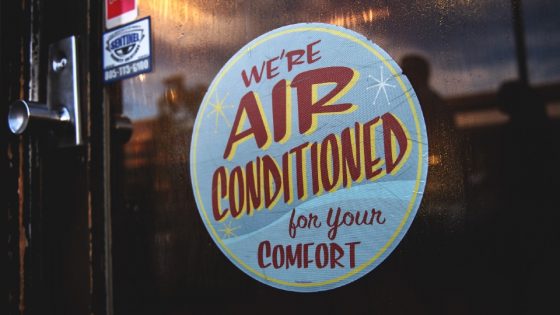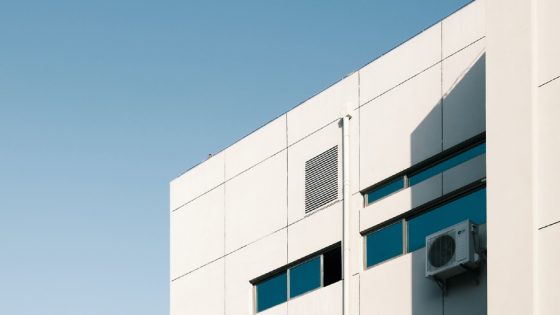By ETS
Looking to the future, property teams will also need to consider how they will reopen sites again once staff start coming back to the workplace.
As we look forward to the eventual reopenings –it’s important for building managers to keep up to date with the latest government guidance. In particular, information coming out from groups such as the Environmental Modelling Group. As their recently released paper highlights, the role that ventilation systems have to play in controlling Covid-19 transmission throughout buildings is becoming increasingly clear.
The Role of Ventilation Systems (H2)
Ventilation is obviously an important factor in mitigating the risk of virus transmission. As a result, optimising ventilation operation should form an integral part of a wider Covid-19 mitigation strategy for all multi-occupancy spaces.
This should include investigation into the current ventilation performance in all parts of a building, and implementation of a strategy which is adapted to ensure that ventilation is adequate throughout. For example, multi-occupant spaces that are reused regularly and are poorly ventilated (i.e. those that have a ventilation rate of below 5 l/s/person or a CO2 level of above 1500 ppm) should be identified and prioritised for improvement.
Measuring for elevated CO2 levels in indoor air is an effective method of identifying poor ventilation performance in multi-occupancy spaces. However, it should be noted that in low occupancy or large air volume spaces, a low level of CO2 cannot necessarily be used as an indicator that ventilation is sufficient to mitigate risk of transmission.
Part of an Encompassing Solution (H2)
While ventilation is one of the primary factors when it comes to Covid-19 mitigation in multi-occupancy spaces, it should form part of a wider strategy.
Ventilation should be balanced against other aspects – in particular, thermal comfort. This may pose a challenge in naturally vented buildings, however strategies such as intermittent airing and partial window opening to compliment background ventilation may enable this to be achieved (or enable sufficient ventilation to be achieved whilst limiting the impact on thermal comfort.)
Overarching guidance from the Government recommends that organisations identify where they may need to secure additional financial or technical support to enable them to take appropriate actions to ensure the safety of the space they provide or occupy.
How can ETS help? (H3)
Energy & Technical Services have a long history of improving HVAC system performance across all sectors – ensuring appropriate ventilation rates whilst maintaining a firm grip on cost and carbon. We also offer a technology-led Indoor Air Quality solution, to measure internal conditions for a wide range of parameters, and subsequently control building services operation to ensure optimal internal conditions for occupants.
To discuss your requirements, get in touch. You can contact us by calling 0117 205 0542 or drop us an email at enquiries@energy-ts.com.






